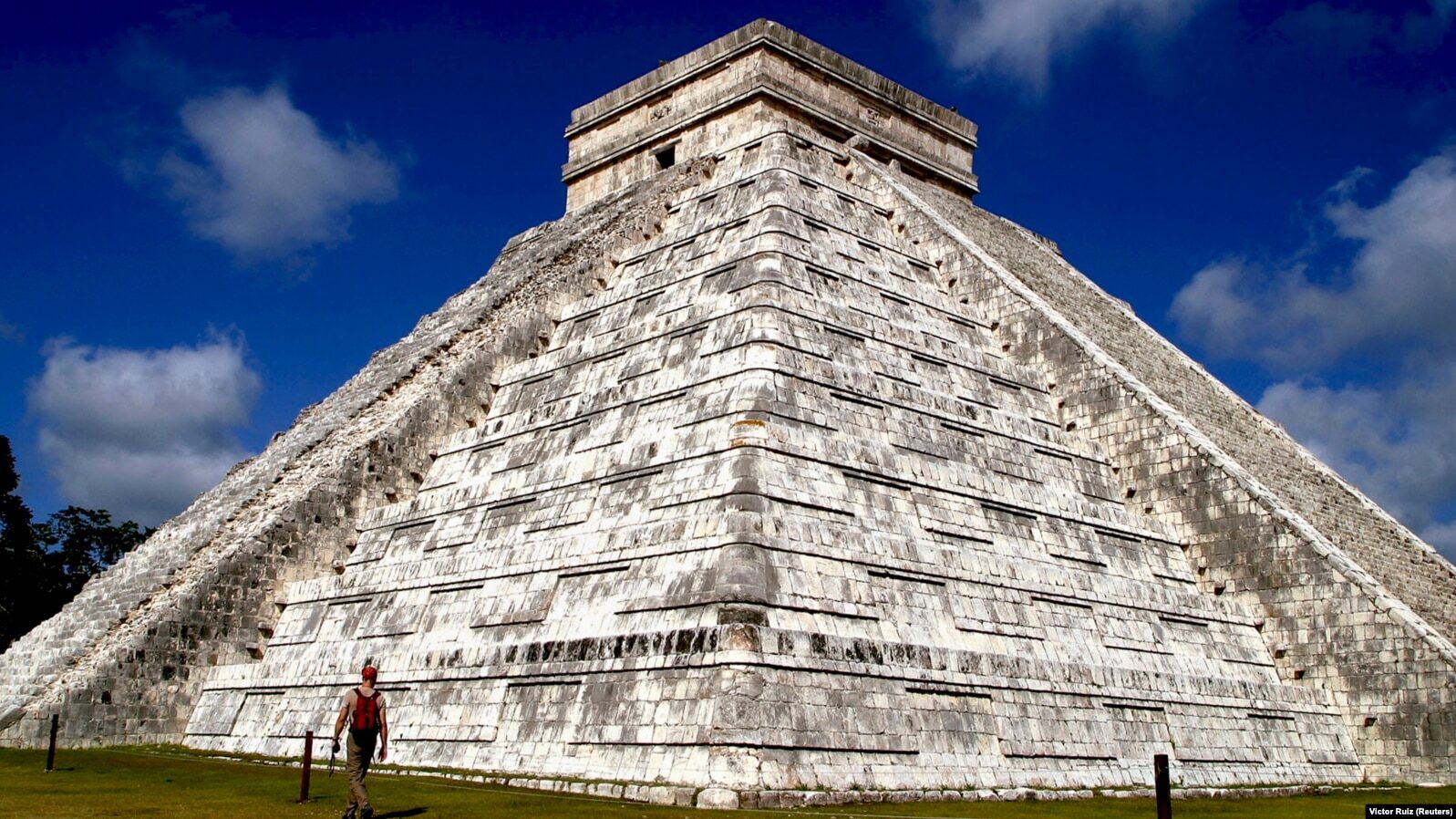
Widely viewed as one of the greatest civilizations of the western hemisphere, which peaked around A.D. 250-900, the Maya people of Mesoamerica are known to have been great astronomers who also developed sophisticated methods of agriculture and architecture. They built major cities with stone buildings and huge pyramid temples whose vestiges can still be found in one continuous territory that now lies in southern Mexico, Guatemala, and Belize.
Despite being studied for generations, there were many gaps in our knowledge of Mayan history that were not filled until the deciphering of the Maya's strange writings, whose mysteries were finally unraveled by a Soviet academic who was born near Kharkiv, 100 years ago this week.
"Yuri Knorozov was an integral part of the decipherment process of the Maya script," says Harri Kettunen, an adjunct professor of Latin American studies at the University of Helsinki and president of the European Association of Mayanists, who says the Ukrainian-born Russian linguist is now "popularly regarded as the man who single-handedly cracked the Maya code."
Before Knorozov published his seminal article Ancient Writing of Central America (Древняя письменность Центральной Америки) in the early 1950s, researchers had long been flummoxed by the Maya script, which was widely thought to be a hieroglyphic system of enigmatic symbols and signs whose meaning had long been lost in the mists of time.
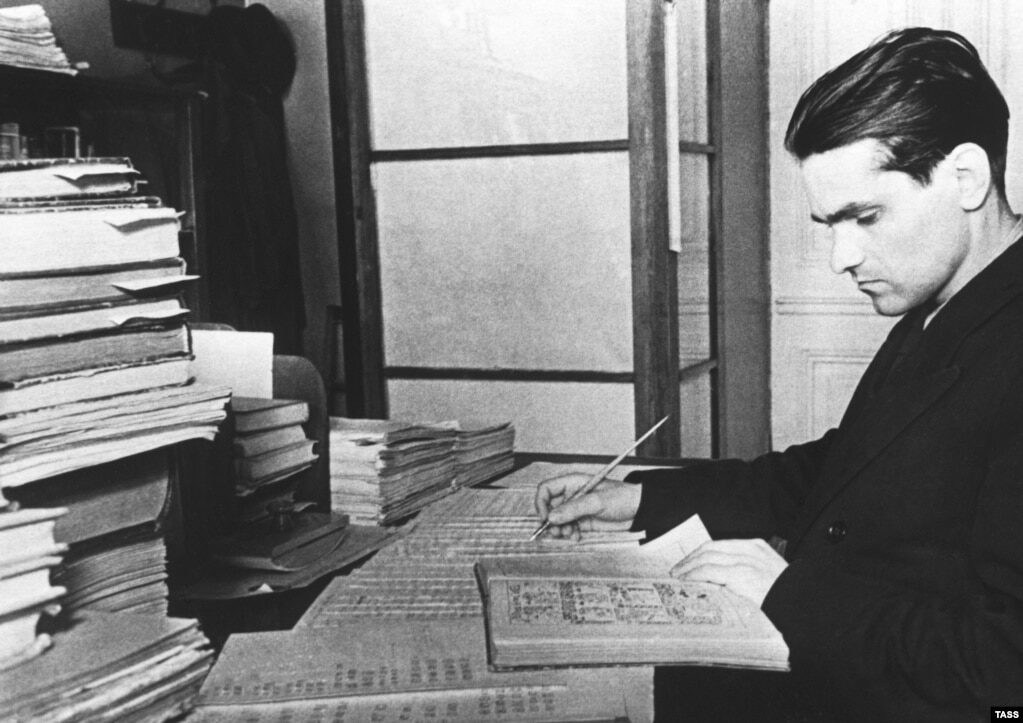
Although a combination of Cold War politics and academic rivalry meant that it took decades before his work was widely accepted, Knorozov's research is now lauded for the role it played in uncovering the secrets of the Maya.
"He was the first person to successfully demonstrate the phonetic nature of Mayan hieroglyphic writing," Kettunen told RFE/RL by e-mail. "However, it took a while before his work was acknowledged on the other side of the Iron Curtain."
Shrouded In Mystery
Indeed, the story of how one lone scholar from the Soviet Union managed to convince the wider world that he had cracked the code of the Maya without actually setting foot in the Americas is now the stuff of academic legend, not least because -- like the ancient culture he studied -- Knorozov's life is shrouded in mystery, particularly when it comes to his formative years in Ukraine.
He was born in 1922 to a family of Russian-Armenian heritage in the northeastern Ukrainian village of Pivdenne, where he was considered to have been an unruly but academically talented youth.
"From what I've learned, Knorozov wasn't the easiest student in school," says Kettunen, who interviewed the Soviet scholar one year before his death in 1999. "He had a will of his own and was described as eccentric. However, teachers apparently recognized his intelligence and artistic skills, including playing the violin and writing poetry."
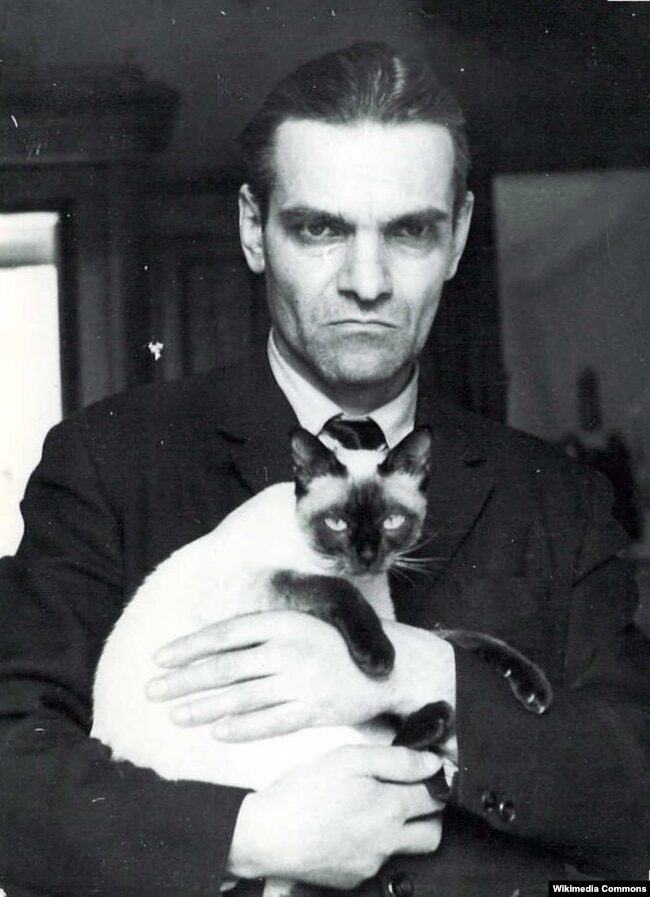
Not long afterward, his studies were interrupted by the outbreak of World War II, although his fragile health meant he was deemed unfit for military service. During the Russian occupation of eastern Ukraine in 1941, Kettunen says Knorozov spent some time living "in his native village...and its surroundings, hiding from mobilizations, trying to provide for his family -- and immerse himself in Egyptian hieroglyphs when he could."
In 1943, he traveled with his father and mother to the Russian capital, where he was able to resume his studies in Egyptology at Moscow State University (MSU). After allegedly being denounced for hiding in the occupied territories, he was later conscripted to the army in March 1944 but managed to get enlisted in a noncombat unit near Moscow, where he served as a telephone operator until 1945.
This murky period in his life gave rise to a popular but apocryphal anecdote about what sparked Knorozov's interest in the Maya. As legend has it, Knorozov is supposed to have rescued a rare book from the German National Library while it was set ablaze during the Battle of Berlin. It contained reproductions of three Maya codices, which would later form the basis of his pioneering research into the Maya script.
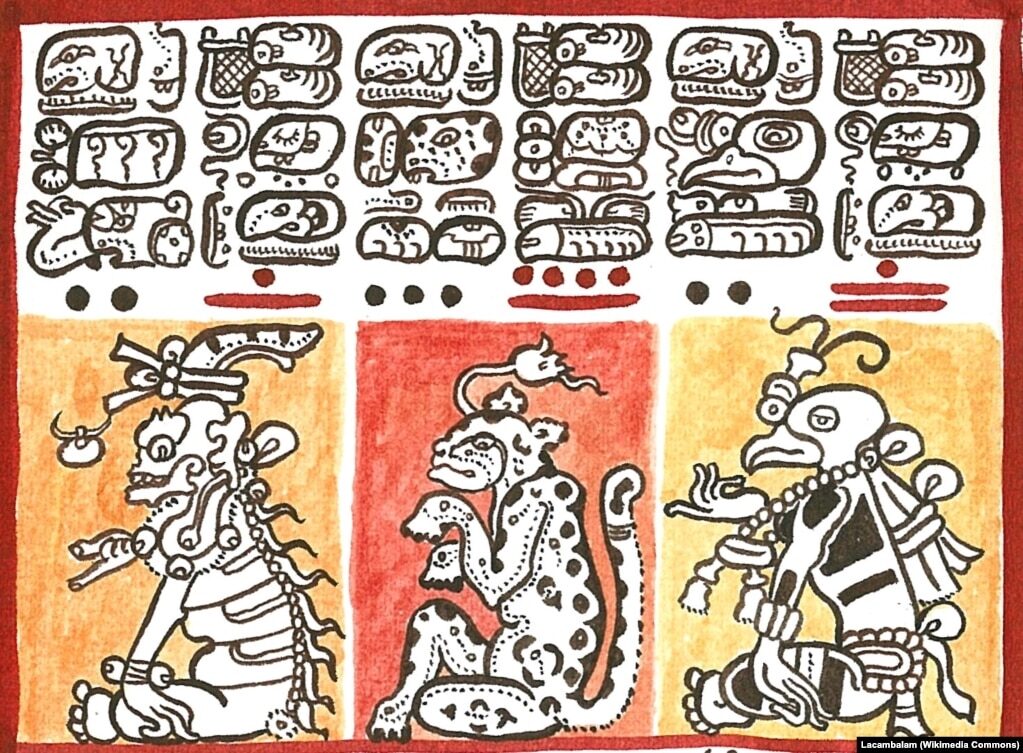
"Knorozov did not take part in the military actions during the war and, consequently, never took part in the capture of Berlin or rescued any books from a library in flames," he says.
'Devouring Books Instead Of Food'
After the war, Knorozov resumed his studies and lived the somewhat ascetic existence of a devoted scholar, focusing on Egyptology and Sinology while also becoming interested in other ancient writing systems, as well as East Asian scripts and literature.
"Knorozov was known to devour books instead of food," says Kettunen. "A fellow student and roommate...Sevyan Izrailevich Vainshtein noted that when Yuri got a scholarship, he first bought books and then later borrowed money from everyone to get food -- or just had water and bread."
It was around this time, Kettunen says, that "Knorozov started working with the Maya script on the advice of his academic adviser, Professor Sergei Tokarev, and after coming across Paul Schellhas's paper Deciphering Mayan Hieroglyphs: An Unsolvable Problem?"
In Kettunen's view, the German scholar's belief that the ancient writing of the Maya might never be decoded presented Knorozov with an irresistible intellectual challenge.
"As he told me in 1998, he thought, in contrast to Schellhas, that 'any system made by a man can be solved by a man,'" he says.
Nonetheless, the head of the Department of Ethnology at MSU was skeptical of the idea that the Maya script could be deciphered and -- coupled with the suspicion that hung over Knorozov because he had lived in the occupied territories during the war -- this meant that he was not recommended for a graduate program.
Luckily, with the help of Tokarev, he was able to continue his studies by wangling a post as a junior researcher with the Institute of Ethnology in the Museum of Anthropology and Ethnography in Leningrad, and he applied himself to unpuzzling the Mayan script in his spare time.
'Armchair Archaeology'
Kettunen is of two minds as to whether Knorozov's seemingly quixotic decision to tackle the Maya script on his own without any hope of visiting the Mayan lands and without access to any original source materials helped or hindered him in his quest to unlock the code of the written language of the Maya.
"In cultural studies, it is important to experience your research area with all your senses and to understand the culture and its manifestations in the context where it originated," he says, before adding that there were certain plus factors to what he calls Knorozov's "armchair archaeology."
"He didn't study the Maya script in isolation, as he possessed a lengthy history of studying other writing systems of the world," says Kettunen. From that perspective, he had a methodological advantage -- along with not having to study amid people of the 'establishment' or groupthink."
Besides the reproduction of the Mayan codices from the Berlin library, Knorozov was also aided in his endeavor by a manuscript written by Diego de Landa, the Catholic bishop of Yucatan in the 16th century.
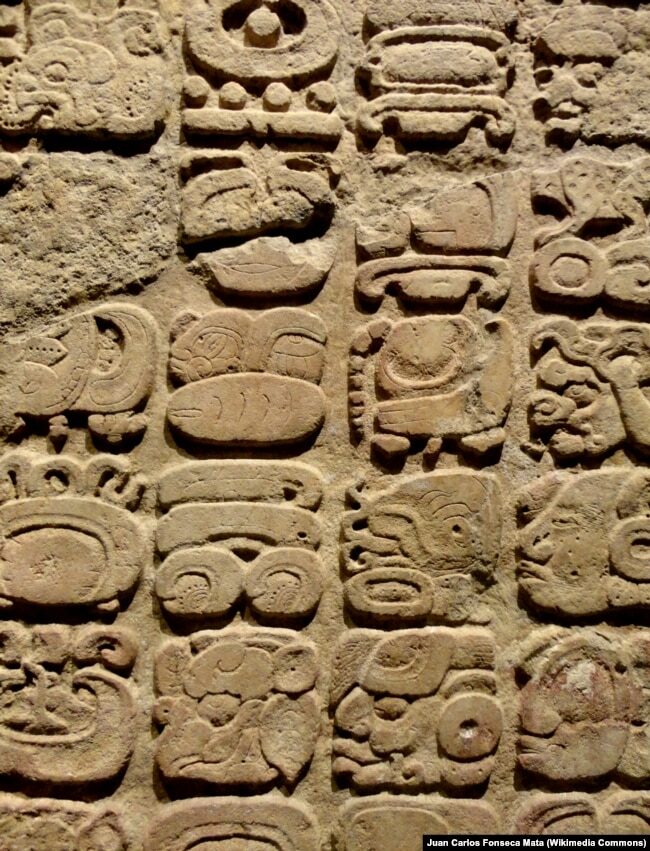
Crucially, de Landa's manuscript also included sketches of dozens of Maya hieroglyphs, which he had "translated" into Latin letters and some syllables with the help of local Mayan scribes who were still literate in the ancient writing system. Ironically, for someone who had done so much to erase the culture of the Maya, Landa's work was to prove as crucial as the Rosetta stone in Egyptology in helping to decipher their complex literature centuries later.
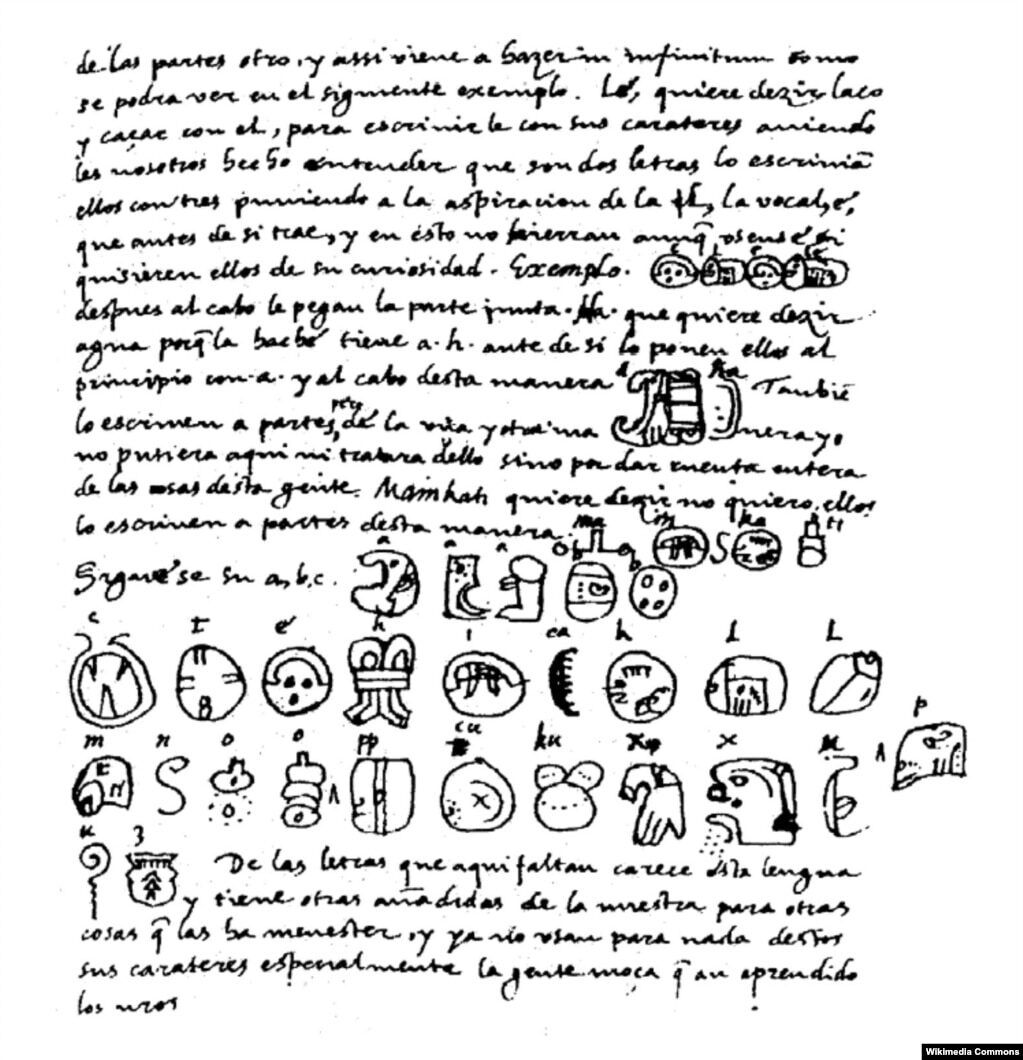
Ideological Differences
Although many in the halls of Soviet academia immediately recognized the significance of Knorozov's work, which resulted in his receiving a fast-track doctoral degree in 1955, it was some time before his thesis received widespread recognition in the West.
The reasons for this, says Kettunen, were "both academic and political: Academic in the sense that an established way of thinking is hard to demolish -- and political because of the...ideological differences between the two sides of the Iron Curtain" that prevailed at the time.
Although the Soviet authorities' use of Knorozov's research for propaganda purposes, trumpeting the superiority of the Marxist-Leninist system, made many hostile to his work, the main obstacle to its broader acceptance was the British archaeologist J. Eric S. Thompson, the leading Mayanist of his day.
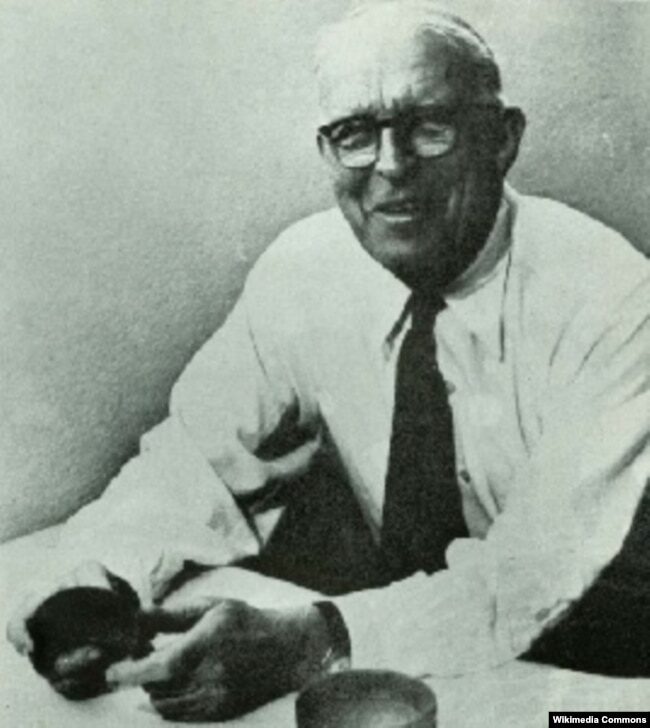
Thompson's exalted standing in Mayanist circles meant that Knorozov's findings were not widely adopted until the Englishman's death in 1975.
"Knorozov himself summed it up to me this way," says Kettunen. "'[Thompson] dominated and nobody objected to him. It was like with Marx: You couldn't oppose.'"
Written History
The somewhat abstract nature of Knorozov's discovery also meant that its importance was not immediately apparent to many.
"We have to understand that Knorozov's breakthrough was about the inner structure of Maya writing, and not so much its contents," says Kettunen.
By a quirky twist of fate, it was a Russian-born U.S. archaeologist whose family chose to remain in the United States after the Bolshevik Revolution who was to play a key role in validating the work of the scholar in Leningrad.
Making use of Knorozov's work on interpreting Maya texts, Tatiana Proskouriakoff came up with her own "structural method" to demonstrate that inscriptions found on their monuments recorded historical events and didn't just contain calendric and astronomical information. She proved that many of these writings recounted the lives of ruling monarchs and dynastical timelines, thereby helping the story of the Maya enter written human history in one fell swoop.
"Proskouriakoff's contribution complemented Knorozov's breakthrough by discovering the historical nature of the ancient Maya texts by a structural method," says Kettunen. "Unlike in the case of Knorozov's breakthrough, Proskouriakoff's discovery was welcomed without hesitation in academic circles around the world."
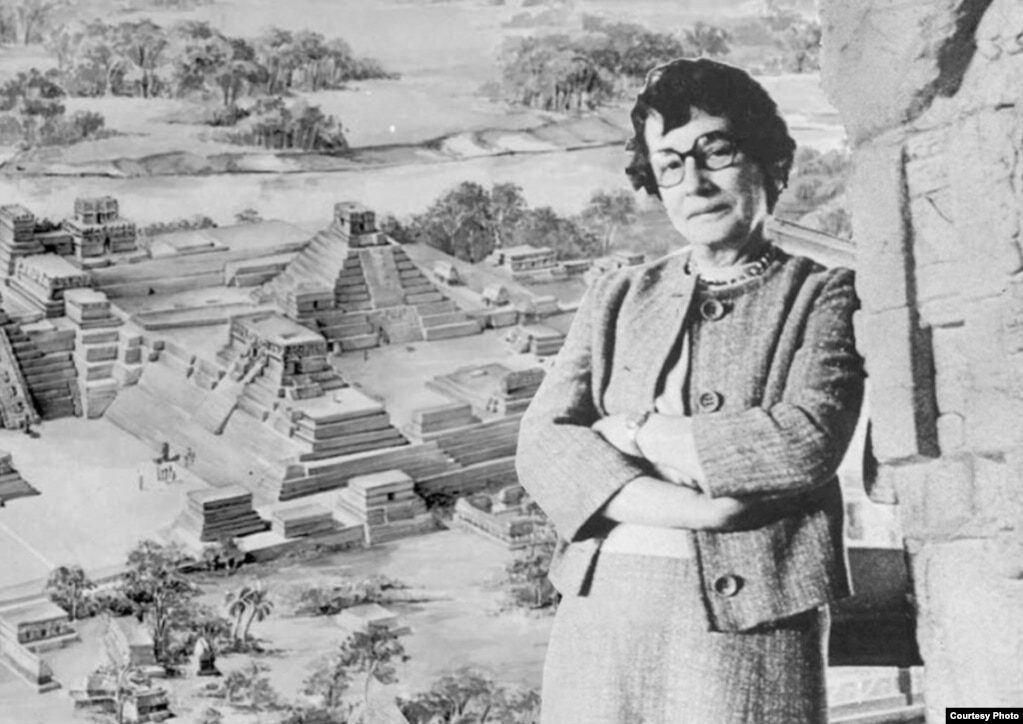
Happily, Knorozov lived to see his work being widely recognized, and the more relaxed political climate that prevailed in the last days of the U.S.S.R. meant that he was even able to finally see some original Mayan writings in 1990 when he visited Guatemala at the invitation of the country's president.
Knorozov was also able to finally visit Mayan monuments on subsequent trips to Mexico, some 40 years after he had played a vital role in uncovering their secrets.
As Kettunen says, although Knorozov's reputation has "grown steadily" over the years and his contributions are now recognized far beyond the halls of academia, "there are, however, scholars who point out the fact that Knorozov was wrong about many of his later decipherments and that the school that follows his readings today by the book is misled."
Nonetheless, despite these detractors, Kettunen also stresses that there is no doubt that this maverick scholar from Kharkiv help kick-start "one of the great paradigm shifts in the field of humanities of the 2oth century."
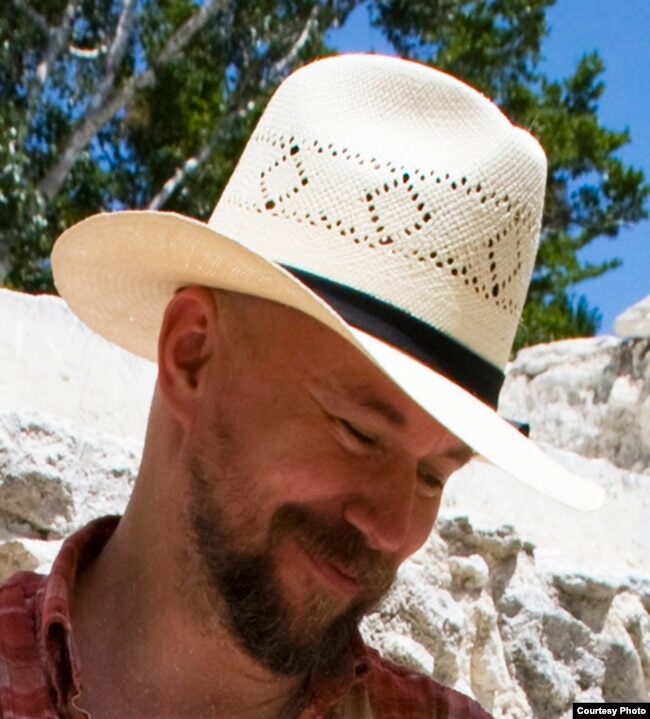
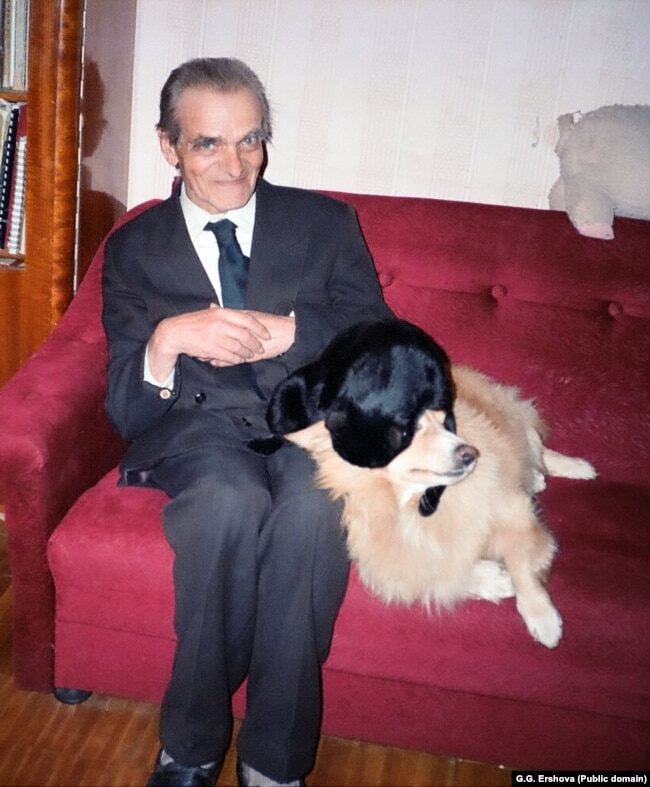



It shows how dogmatic and stupid Western science has become, where group-think prevails. This has happened to many scientists from the USSR, like Vernadsky. When it is not political, then their work comes out. The Russians have studied many things the West demonizes, like pyramid science. Egyptology has the same issues of dogmatic scientism that doesn't hold up against geological science.